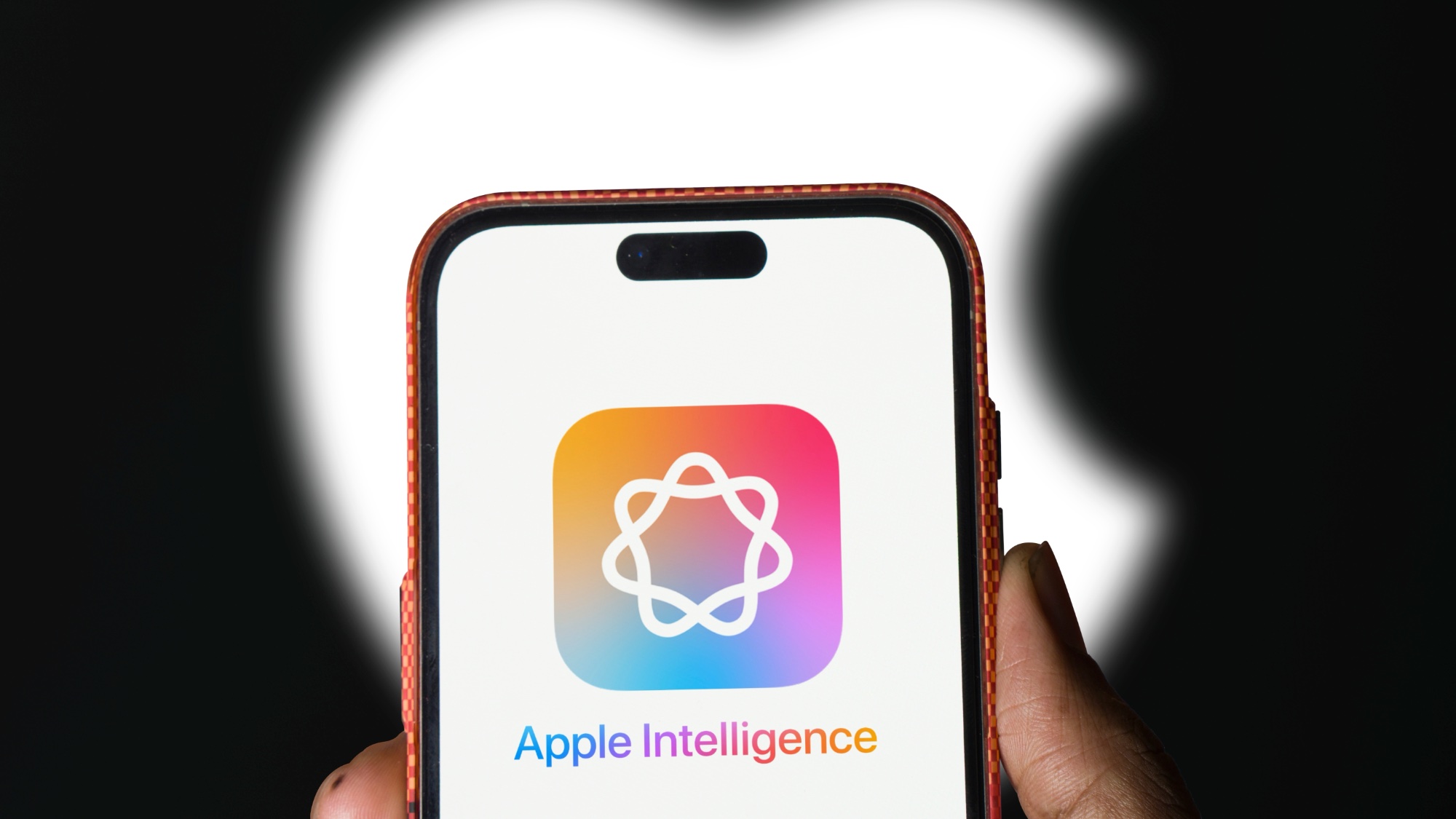iPhone 14 Max could be phone of the year — I have just one problem
Apple's big-screen budget phone could trail other flagships in a major way

At this point, the iPhone 14 Max seems like a foregone conclusion. And for those that haven't been following all the iPhone 14 rumors, this model will reportedly replace the iPhone mini in Apple's lineup, giving shoppers a big-screen phone without having to pay Pro-level prices.
On paper, it sounds great. The rumored price of the iPhone 14 Max is $899, and it should offer nearly everything you could want, including a large 6.7-inch OLED display, great photo quality and A16 Bionic power (we think). I've argued recently that the iPhone 14 Max should make Samsung nervous, but there's also reason for concern about this rumored Apple phone.
On the plus side, the iPhone 14 Max should continue to lead the field in terms of performance, as no chip has come close to beating Apple silicon in the Android camp in years. I'd also expect the iPhone 14 Max to last a long time on a charge, as the iPhone 13 Pro Max endured for an excellent 12:16 on our battery test. Anything over 10 hours is very good and above 11.5 hours is great enough to make our best phone battery life list.
Right now there are a number of flagship phones in the $899 range, including the Google Pixel 6 Pro and OnePlus 10 Pro. The closest offering Samsung has to a possible iPhone 14 Max would be the $999 Galaxy S22 Plus. The Google Pixel 7, which you'd assume would feature a Pro version, is also on the horizon for this fall, though not much is know about that device other than a design tease at Google I/O 2022.
So what am I worried about? The number one weakness the iPhone 14 Max could have versus the competition is the lack of an optical zoom. Yes, this flagship should offer improved image quality, but rumor has it that Apple will continue to reserve a telephoto zoom for its iPhone 14 Pro models, including the iPhone 14 Pro Max.
By comparison, the OnePlus 10 Pro has a 3.3x optical zoom with up to 30x digital zoom, while the Pixel 6 Pro packs a 4x telephoto zoom and 20x digital zoom. Samsung's Galaxy S22 Plus features a 3x optical zoom and up to 30x digital zoom.
The current iPhone 13 maxes out at 5x digital zoom, so Apple really needs to up its game on the digital zoom side at least if it's going to remain competitive with these other camera phones. To be fair, a larger zoom range doesn't necessarily equal better photos, but I really appreciate having the flexibility on my iPhone 12 Pro Max to zoom in on subjects when taking photos, such as during my recent trip to Virginia Beach. I could zero in on my son and daughter walking on the sand and get closer up to a bird from across the pool.
I'm not expecting a powerful 10x zoom like what can be found on the Samsung Galaxy S22 Ultra, which also has a ridiculous 120x Space Zoom (digital). And Apple itself isn't expected to add a periscope zoom to its lineup until the iPhone 15. But I don't see an optical zoom as a Pro-level feature anymore. It's tablestakes for a $899-and-up flagship.
There are other ways the iPhone 14 Max could trail rival phones. And that includes the refresh rate of the display. Samsung and OnePlus all offer 120Hz panels on their phones — so does Google on the Pixel 6 Pro. The faster refresh rate means smoother scrolling and overall performance, especially when playing games.
Based on rumors, though, it sounds like only the iPhone 14 Pro and iPhone 14 Pro Max will offer 120Hz ProMotion panels. There is a rumor that Apple could offer a 90Hz display on the iPhone 14 and iPhone 14 Max, which is better than nothing. (The Pixel 6 makes that compromise, but at $599, it's $200 cheaper than the iPhone 13 and its 60Hz display.)
Do I think Apple will sell less iPhone 14 Max units as a result of these potential drawbacks? Nope. But I still would like to see a better big-screen bargain from Apple this fall.
Sign up to get the BEST of Tom's Guide direct to your inbox.
Get instant access to breaking news, the hottest reviews, great deals and helpful tips.
Mark Spoonauer is the global editor in chief of Tom's Guide and has covered technology for over 20 years. In addition to overseeing the direction of Tom's Guide, Mark specializes in covering all things mobile, having reviewed dozens of smartphones and other gadgets. He has spoken at key industry events and appears regularly on TV to discuss the latest trends, including Cheddar, Fox Business and other outlets. Mark was previously editor in chief of Laptop Mag, and his work has appeared in Wired, Popular Science and Inc. Follow him on Twitter at @mspoonauer.

